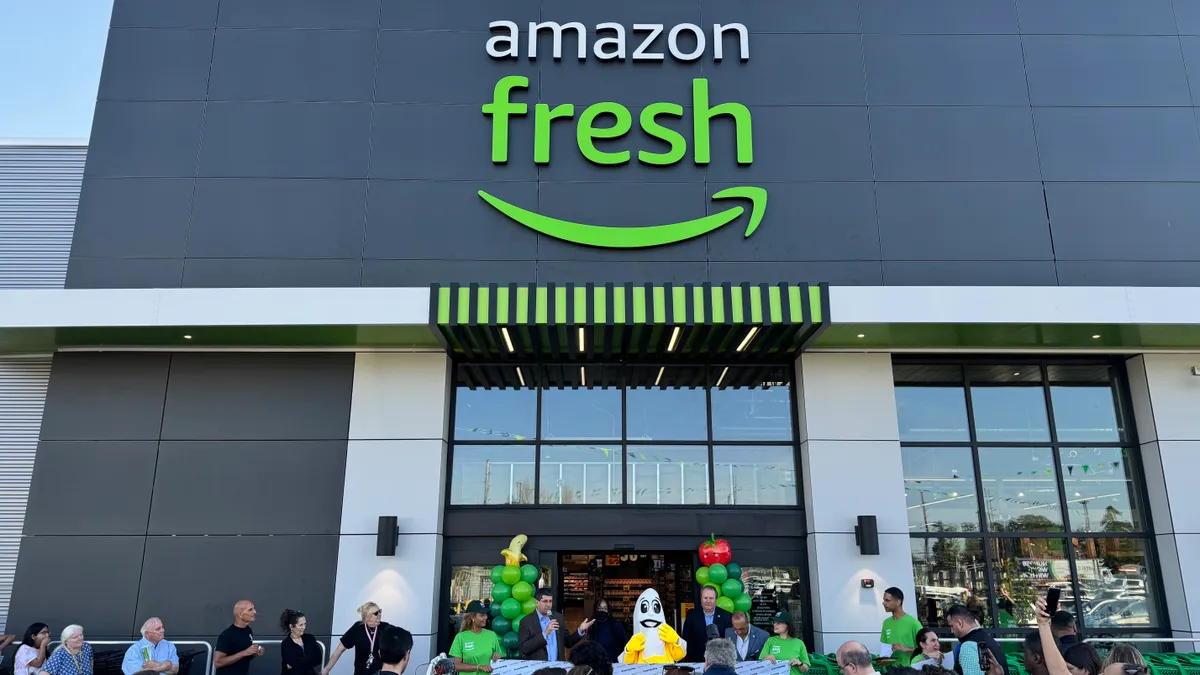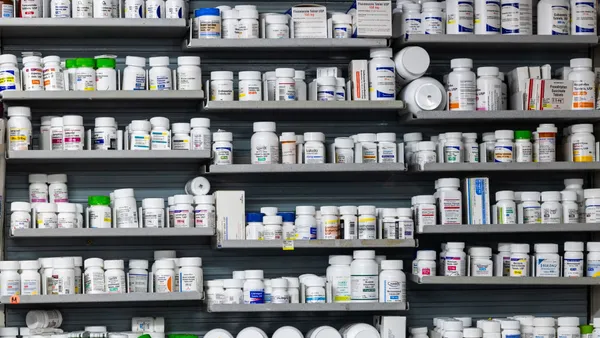If you didn’t attend the National Business Group on Health’s (NBGH) Business Health Agenda (BHA) conference, you have some catching up to do.
The year 2020 may have seemed like an abstract event at one point in time, but it’s now very much a reality — less than three years away. It was also the topic of choice for this year’s BHA, “Healthcare: 2020.”
Unlike fashionable Cheeto-wear, employer-sponsored healthcare plans will probably still be the norm in 2020, but they won’t look exactly the same; thought leaders at BHA 2017 are already preparing for a new wave of changes in plan design, health data, demographics and much more.
If you haven’t already been planning in advance, fear not: The projections are already taking shape. A good place to start is for your benefits team to begin asking the right questions about your healthcare offerings.
1: How will you harness big data?
The headliner for Thursday’s portion of the BHA was Deborah DiSanzo, General Manager of IBM Watson Health. After being diagnosed with breast cancer a year ago, DiSanzo said she was surprised to see the variations in care plans suggested by different oncologists.
Enter Watson, IBM's Jeopardy-famous cognitive technology program that aggregates healthcare records, studies and other texts to determine the optimal path for a particular patient, not just for a disease. Its combination of 100 million active electronic health records and 200 million claims records (and growing) creates customized options for patients. Talk about game-changing.
We’ve already talked about big data’s potential for other realms of HR, like recruiting, but DiSanzo’s experience speaks to something that is more directly impactful for employees. It’s time to start thinking about how cognitive technology like IBM Watson will affect your workforce.
2: How can you make your employees’ healthcare experience more personal?
Probably my favorite example of new industry lingo at BHA (and there were many) was the concept of a “Wellbeing Navigator.” Karleen Stephens, Wellbeing and Disability Services Manager at Steelcase Inc., spoke about the role through the lens of her employees’ interactions with their healthcare services vendor.
The navigator guides employees through their care options every step of the way as they use the program, providing easy access to mental health services and helping to set target fitness goals, for example. Likewise, the navigators relay success stories and testimonials to Steelcase, and some surprising moments are shared — even addiction recovery stories.
"People really want a person they can understand and talk to," Stephens said, explaining the impact of Steelcase’s wellness program.
3: What can you do to make employees better consumers?
Healthcare consumerism is difficult. There, we said it. It can be daunting to juggle the costs of operations, medical devices, specialty pharmacy and any other element of the myriad of medical costs.
The data backs this up. According to the 2017 Aon Hewitt/NBGH Consumer Health Mindset Study, presented at BHA, 77% of consumers have regretted a healthcare decision, while 1 in 5 said high costs have led them to decline coverage, stop taking medications or avoid care altogether.
It will take a multifaceted approach to address these troubling statistics; employers should provide frequent healthcare refreshers and how-tos, make use of "grab-and-go" information like mobile contact cards and utilize a multi-channel approach (i.e., video and Buzzfeed-style tap quizzes).
4: Is your mental health coverage really doing enough for workers?
Another key finding from that same survey? Per Aon Hewitt’s Joann Hall Swenson, mental health is in the shadows; 54% of employees reported high stress and 74% reported obstacles to finding treatment
A plenary session on Mar. 30 presented several keys to fixing the state of emotional and mental health. On the ground level, employers have more work cut for them than at first glance when it comes to destigmatizing mental health issues.
Among the more interesting examples was a model from Southern Company's Katie Kirkland, which organized employees into groups that ranked them according to their need for care. The model's three levels of care, well illustrated, range from 'vitamin' (building resiliency for life changes) to 'defibrillator' (crisis-level care and inpatient treatment).
5: How is your healthcare data managed?
If you work for a company that deals with cybersecurity issues as part of day-to-day operations, as Activision Blizzard's Sr. Director of Global Benefits Milt Ezzard does, you may already have a good answer to this question in-house.
Healthcare data has become a hot topic, especially given the integration of wearables and other fitness trackers into corporate wellness programs. And despite all the benefits they confer, some presenters talked of small groups of employees who resist that data collection. Those voices matter, no matter how small.
Staying compliant with HIPAA and other regulations is key moving forward, as is adopting complete transparency regarding the collection and dissemination of healthcare data, including what that data is used for. Pay attention, also, to recent legislation around genetic information in wellness programs and take care to evaluate whether or not collecting that information actually confers benefits to workers.
6: What do millennials at your company really want?
An illuminating presentation from Kantar Futures consultant Don Abraham probably taught even larger HR department leaders a thing or two about millennials. Namely, 61% of workers under 40 identify strongly with their employer's brand, and over half seek flexible work opportunities.
The big pitch from Abraham: Do your healthcare benefit options support that all-too-coveted work/life balance younger workers crave? Are you making full use of the opportunity to integrate those benefits into the fabric of your workplace culture?
7: Are you prepared to change your view of retirement?
On the opposite side of the scale, Abraham also talked about boomers' role in the future. If his presentation, which highlighted the telling examples of a 79-year-old Chinese male fashion model and an Instagram-famous 87-year-old, is anything close to accurate, employers are in for a true paradigm shift.
Live audience poll: What are #NBGHBHA17 attendees least prepared for in #healthcare? pic.twitter.com/educajhCW0
— Ryan Golden (@rt_golden94) March 31, 2017
"Audacious aging" may sound like a gimmicky phrase, but it was no joke for those in attendance. A live mobile poll showed over a third of attendees saw this, of all Abraham's predictions, as the one for which they were least prepared. Older workers want to stay active in retirement, and that includes being a part of the future workforce.
"The thing we always struggle with is what does it mean when retirement goes away?" Abraham said.
8: What’s the value of your company’s wellness program?
Yes, it's good to know that your framework is creating the necessary conditions to save everyone money. But what if you're asked by leadership why your ROI isn't optimal?
"My answer is, who cares?" said Kevin Covert, VP & Deputy General Counsel for Human Resources at Honeywell during a presentation on March 31. "That isn't really the right question." Covert stressed the need to look at ROI from a human standpoint. Short-term costs shouldn't take precedence over long-term benefits to your workforce.
The key, instead, seems to be creating a holistic system that prevents major healthcare complications before they happen.




















